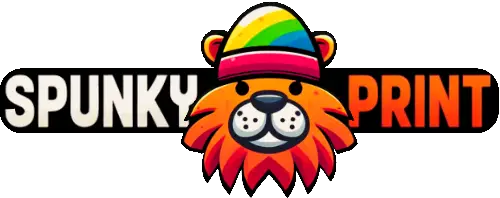The answer depends on your needs and preferences, but in general, an enclosed 3D printer has more advantages than an open one. An enclosed 3D printer is a type of 3D printer that has a fully or partially closed chamber that protects the printing process from external factors such as temperature, humidity, dust, and noise. An open 3D printer, on the other hand, has no such chamber and exposes the printing process to the surrounding environment. In this article, we will compare the pros and cons of both types of 3D printers and help you decide which one is better for you.
Benefits of an Enclosed 3D Printer
An enclosed 3D printer offers several benefits over an open one, such as:
- Better print quality and consistency. An enclosed 3D printer can maintain a stable and optimal temperature inside the chamber, which prevents warping, cracking, and curling of the printed parts. This is especially important for printing with materials that are sensitive to temperature changes, such as ABS, nylon, and polycarbonate. An enclosed 3D printer can also reduce the effects of drafts, vibrations, and air currents that can cause layer shifting, stringing, and other defects. Moreover, an enclosed 3D printer can prevent dust, dirt, and other contaminants from entering the chamber and affecting the print quality.
- Improved safety and health. An enclosed 3D printer can protect you and your surroundings from the potential hazards of 3D printing, such as hot surfaces, moving parts, and toxic fumes. Some 3D printing materials, such as ABS, can emit volatile organic compounds (VOCs) that can cause headaches, nausea, and irritation to the eyes, nose, and throat. An enclosed 3D printer can reduce the exposure to these fumes by containing them inside the chamber and filtering them out with a fan or a carbon filter. An enclosed 3D printer can also prevent accidental burns, cuts, and injuries from the heated nozzle, the heated bed, and the sharp edges of the printed parts.
- Reduced noise and improved aesthetics. An enclosed 3D printer can lower the noise level of the printing process by dampening the sound of the motors, fans, and extruders. This can make the 3D printing experience more pleasant and less disturbing for you and others around you. An enclosed 3D printer can also enhance the appearance and design of the 3D printer by hiding the wires, cables, and mechanical components inside the chamber. This can make the 3D printer look more sleek, professional, and elegant.
Drawbacks of an Enclosed 3D Printer
An enclosed 3D printer also has some drawbacks that you should consider, such as:
- Higher cost and weight. An enclosed 3D printer is usually more expensive than an open one, as it requires more materials, components, and features to build the chamber and ensure its functionality. An enclosed 3D printer is also heavier and bulkier than an open one, as it adds extra weight and volume to the 3D printer. This can make the 3D printer less portable and more difficult to transport and store.
- Limited access and visibility. An enclosed 3D printer can restrict your access and visibility to the printing process, as you have to open the door or the lid of the chamber to reach the printed parts, change the filament, or adjust the settings. This can interrupt the printing process and affect the print quality. An enclosed 3D printer can also limit your view of the printing process, as you have to rely on the windows or the lights of the chamber to see the printed parts. This can make it harder to monitor the printing progress and detect any errors or issues.
- Potential overheating and fire risk. An enclosed 3D printer can create a very hot and enclosed environment inside the chamber, which can pose a risk of overheating and fire. Some 3D printing materials, such as PLA, can deform or melt at high temperatures, which can damage the printed parts and the 3D printer. Some 3D printing materials, such as ABS, can also catch fire if they are exposed to a source of ignition, such as a spark or a short circuit. An enclosed 3D printer can increase the likelihood and severity of these scenarios, as it can trap the heat and the flames inside the chamber and prevent them from escaping or being detected.
Conclusion
An enclosed 3D printer and an open 3D printer have their own advantages and disadvantages, and the best choice depends on your needs and preferences. In general, an enclosed 3D printer is better for printing with temperature-sensitive materials, ensuring safety and health, reducing noise and improving aesthetics, while an open 3D printer is better for printing with temperature-tolerant materials, ensuring access and visibility, reducing cost and weight. You should weigh the pros and cons of both types of 3D printers and consider your budget, space, and goals before making a decision.
